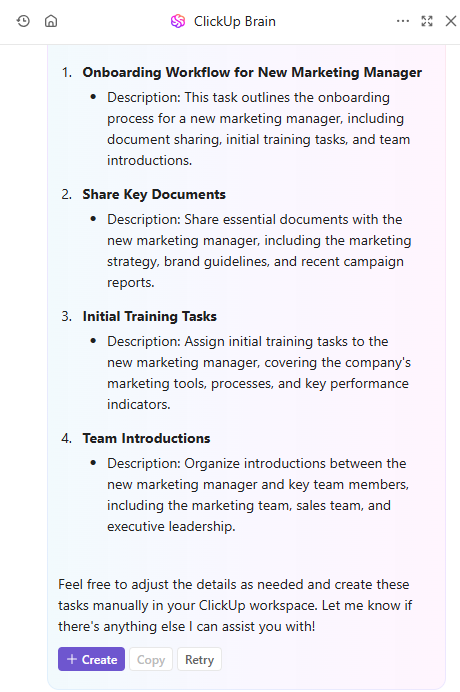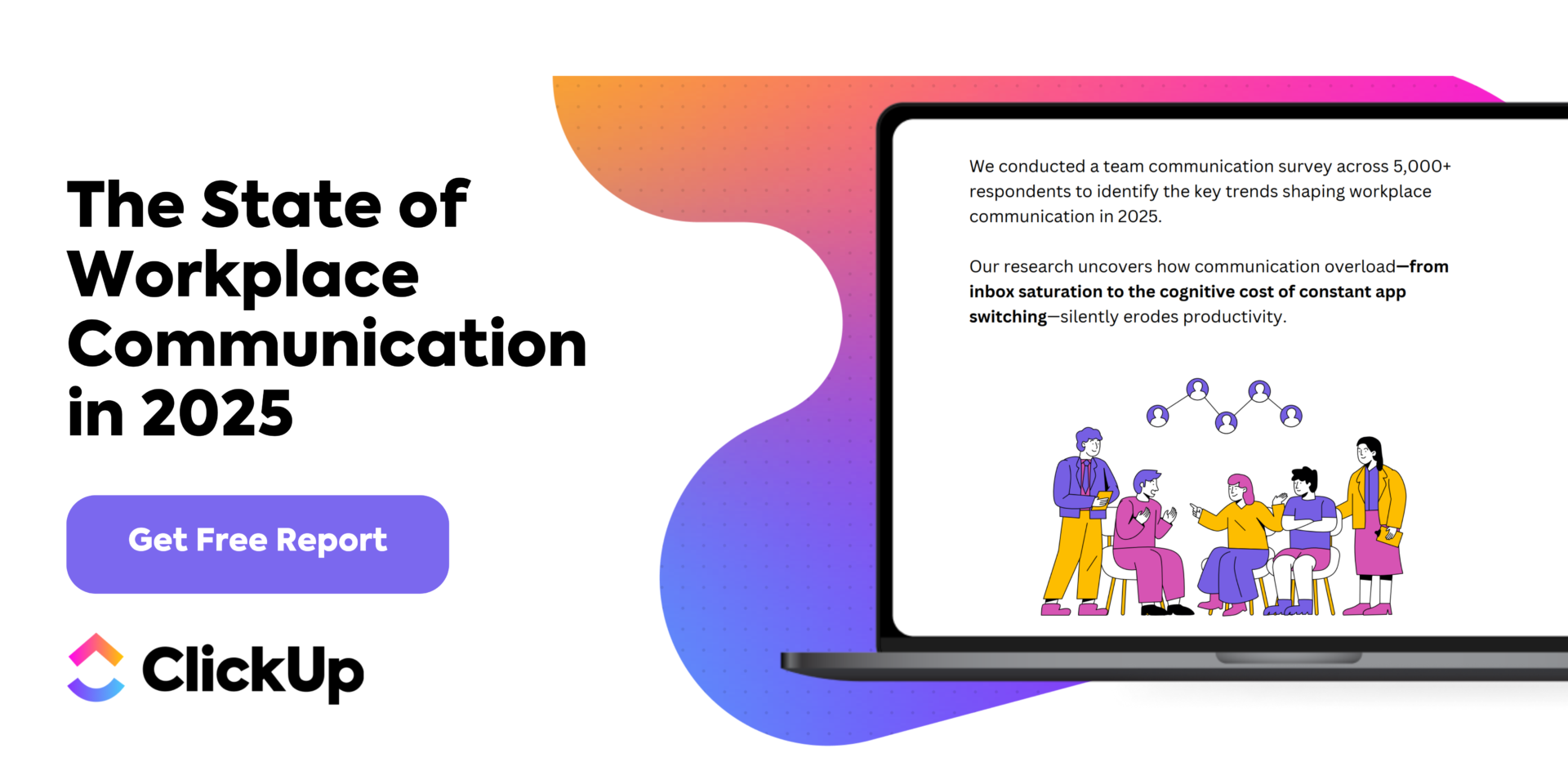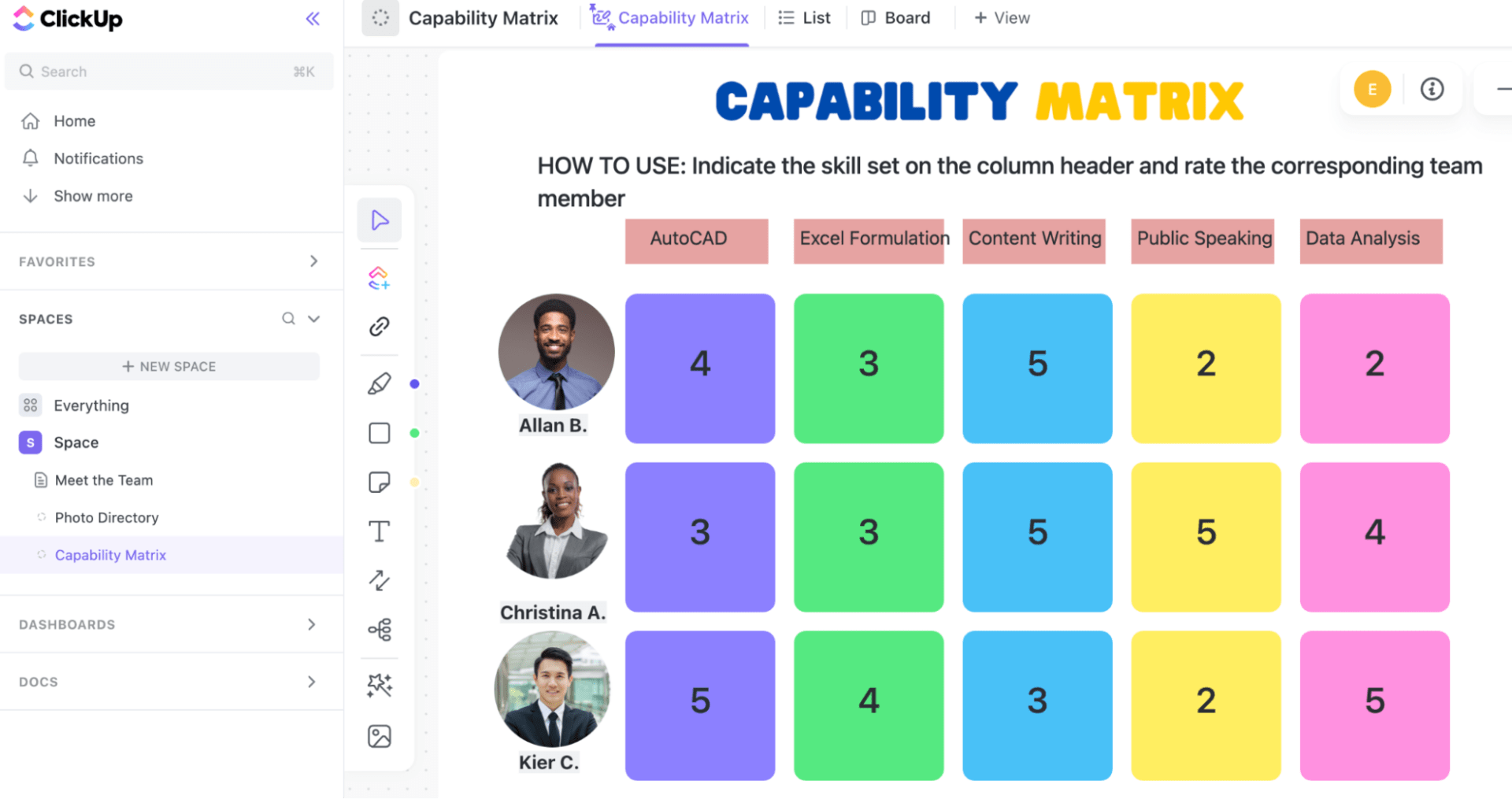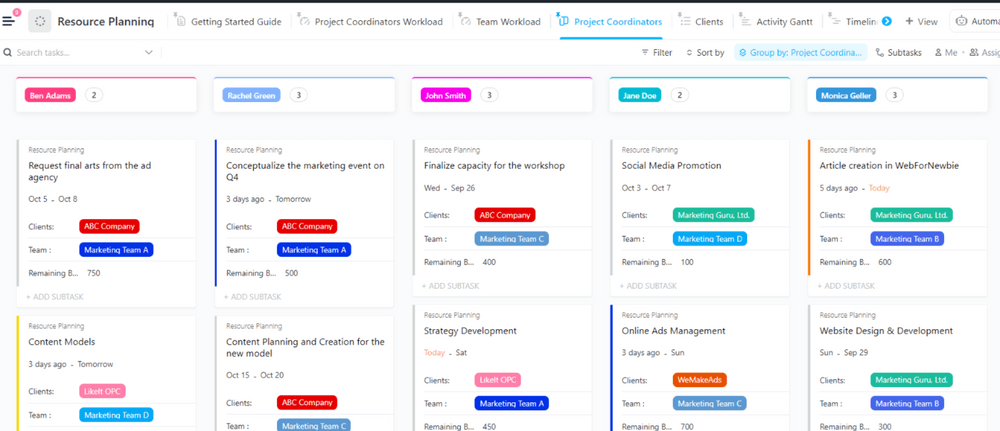Ever wonder why some teams constantly reinvent themselves and thrive while others struggle to keep up? You’re not alone! Many of us have been there, wondering how to unlock that next level of innovation and productivity at work.
The secret sauce here is ‘capacity building.’
It’s all about empowering each team member to recognize and use their unique strengths.
In business, where change is the only constant, the ability to build and nurture capabilities is the ‘real’ difference between thriving and merely surviving.
Think of capacity building as an investment in upgrading your team’s toolkit—with sharper skills and a can-do spirit.
This blog discusses capacity building and its benefits in detail. We share examples and strategies to develop organizational capacity in your teams or at an individual level.
⏰ 60-Second Summary
- Capacity building develops team skills and abilities through hard and soft skill training
- It focuses on improving delivery ability, which is distinct from capacity planning, which expands resources
- The approach brings benefits, including better collaboration, innovation, strategic planning, resilience, and individual growth
- Organizations typically implement it through leadership programs, upskilling workshops, mentoring, task forces, and advocacy training
- The implementation process requires categorizing skills, customizing training, documenting processes, measuring progress, and networking externally
- For success, organizations must strengthen expertise networks, involve stakeholders, and ensure sustainability
- An everything app like ClickUp enables teams to spot gaps, set goals, and track progress all within the same platform
What is Capacity Building?
The term Capacity building is a process that enables teams to develop and strengthen skills and abilities. This, in turn, helps the team achieve their objectives, manage challenges in the workplace, establish good governance, and contribute to organizational growth more effectively.
The concept extends to various activities, from learning hard skills like cloud computing or data collection and analysis to cultivating soft skills such as presentation, strategic thinking, and time management and capacity assessment at an institutional level.
A capacity-building strategy facilitates individuals to take charge of their learning, identify their needs and priorities, and create a strategic plan to address them, resulting in organizational stability.
Capacity Building Vs. Capacity Planning
Although building capacity and planning for it may seem similar, they are two distinct concepts vital for team success.
Capacity planning focuses on your team’s ability to do more work by expanding its resources.
However, capacity building is about improving the team’s ability to deliver that work by equipping themselves with the necessary knowledge and skills.
Why is Capacity Building Important?
When building capacity for your team or at an organizational level, the following benefits come into play:
1. Increased collaboration and productivity
Your team members having a common understanding of obstacles and growth opportunities results in sharing best practices, pooling resources, and learning from others’ experiences.
They are more likely to work optimally towards achieving shared goals, which boosts satisfaction levels and reduces burnout. Organizational capacity building strengthens the community and provides mutual support to members for tackling complex problems at work.
2. More room for innovation and creativity
Capacity building encourages individuals to think creatively and develop new ideas and solutions to different challenges.
It helps them broaden the scope of their work to serve more people or to serve the people they are already working with efficiently.
This creative freedom leads to business process improvement and higher employee morale, which, in turn, positively impacts the organization.
3. Big-picture strategic planning and decision-making
Capacity building helps your team members see the big picture and anticipate problems at work– for example, escalated project budgets, delayed shipments, and mismanaged resource-leveling.
It pulls them away from being constantly in a reactive mode and makes them superior strategists. With a clear list of requirements and a strategic plan, your team can make informed decisions, even when disruptions happen, effectively boosting the organization’s capacity.
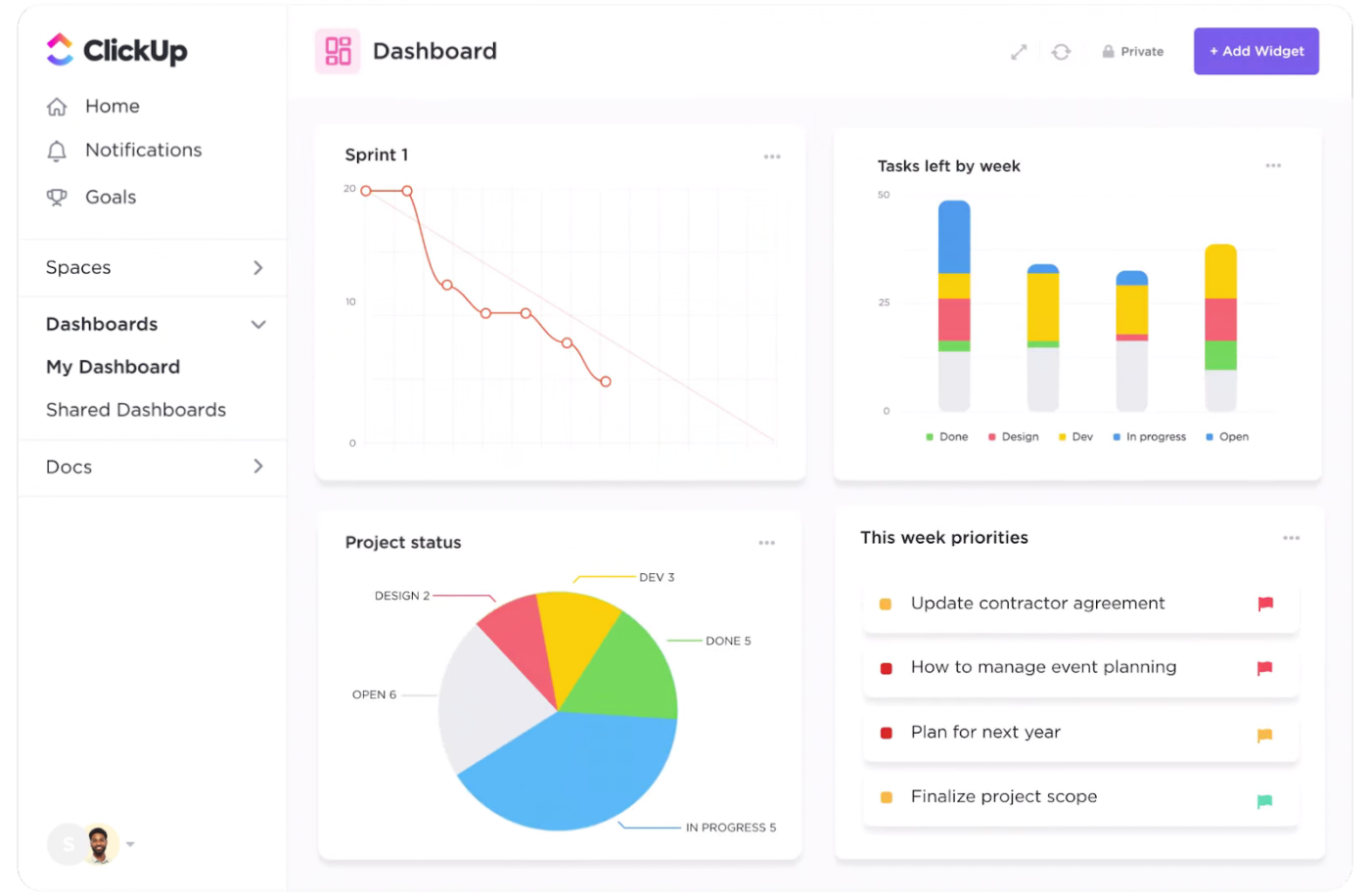
4. Greater adaptation power and resilience
Capacity building creates an environment of continuous learning and sustainable development for individuals to efficiently advance in their careers, which is crucial for adapting faster and building resilience among teams.
These qualities make them better equipped to respond to emergencies or crises and promote quick recovery and rebuilding.
5. Fulfilled stakeholder expectations
The best teams function like a well-oiled machine. They meet the deadlines, achieve the objectives, and keep the stakeholders satisfied with the progress.
Capacity building aligns resources with the demands of a project for proactive and conscious management.
6. Maximized individual growth
Having the space to recognize strengths and weaknesses and to implement different tactics to address them increases confidence in your team members.
They are eager to take on more responsibilities and use resource management software to do their job efficiently. Capacity-building support also develops their ability to inspire and guide others.
💡 Pro Tip: Learn how to use AI for capacity building and other project management-related use cases. Watch our video below. 👇🏼
Examples of Organizational Capacity Building Initiatives
Although the concept is broad, anyone can implement it at various levels. Let us study a few capacity-building activities:
1. Leadership development programs
“A leader knows the way, goes the way, and shows the way.”
It’s nearly impossible to accomplish anything without solid leadership. But that doesn’t mean the people at the top make more significant decisions for the organization. Your managers and team leads at varying levels contribute to the overall mission and goals.
A leadership development program promotes strategic thinking, decision-making, and team management skills—for example, capacity-building initiatives for training high-potential employees to prepare them for executive-level roles.
2. Upskilling workshops
One of the simplest ways to build capacity is to upskill your team members through structured learning tactics.
For example, a tech company could provide coding boot camps for newly joined young coders so that they can take a leap forward and work on complex projects sooner. Or a manufacturing company offers training on new production technologies.
3. Mentoring partnerships
The effectiveness of capacity-building initiatives increases with mentoring partnerships where experienced professionals guide the junior staff. For instance, junior employees’ leadership skills can be developed by pairing them with more senior employees. This guidance can be in the form of capacity development, personal growth, or career advice.
Another example is two employees with the same experience but in different departments mentoring each other to hone their time management skills to accomplish more in their current roles.
4. Task forces
Sometimes, organizational processes also need fixing. Task forces focused on removing inefficiencies initiate capacity building by assessing the systems, identifying discrepancies, and fixing them.
For example, if your finance team still manually creates invoices and receipts in Excel, create templates for such frequently used documents. Or, if there’s no proper process for onboarding new joiners, build a workflow that’s easy to follow.
By removing such inefficiencies, employees save time and have more clarity about how to do their jobs. Your focus on defining employee productivity will optimize the output and quality of work.
5. Policy and advocacy training
Another way to build capacity is to encourage team members to participate in activities that boost public awareness of your organization’s social responsibility mission.
This can include training them to run campaigns to advocate for specific causes, volunteering at NGOs and non-profit organizations, or consulting on developing fundraising techniques and strategies for an organization.
This form of training will increase the resource allocation and volunteer power poured into the organization.
Components of Capacity Building Activities
When building capacity, these three elements contribute to a practical experience, no matter the area of focus or department.
1. Strengthen the ecosystem
In capacity building, one of the best things to do is create a network or ecosystem of vendors, consultants, and technology providers that collectively address your various needs.
The network approach at the systemic level ensures the initiatives are not isolated but receive support from a comprehensive expertise, resources, and infrastructure framework.
2. Involve the stakeholders
By involving stakeholders in goal-setting and execution, your capacity-building activities will likely be relevant to the needs and contexts of your target audience. This relevance ensures that capacity-building efforts are well-received and targeted.
3. Consider the future implications of the efforts
Create capacity-building initiatives that can be scaled and adapted over time, delivering benefits over the long run. Anticipate the need for resources so team members needing the most support don’t have to wait too long.
Simultaneously, empower individuals to continue the initiatives independently. This involves developing skills in technical areas and areas like mentorship, training, and knowledge transfer.
Keeping these components at the forefront when engaging in capacity-building activities will strengthen partnerships and achieve the results you seek for your team.
📮ClickUp Insight: 37% of workers send follow-up notes or meeting minutes to track action items, but 36% still rely on other, fragmented methods.
Without a unified system for capturing decisions, key insights you need may get buried in chats, emails, or spreadsheets. 📊 Want to understand the impact on your team’s productivity? Get the full State of Workplace Communication Report.
Five Steps to Building Capacity at the Workplace
With the right approach, capacity building can be a game-changer for your team (and organization). Here are five steps to help you get started:
1. Categorize capabilities as core, supporting, and strategic
Assess the specific needs of your team. Take surveys and interviews and conduct group discussions to understand the various barriers different team members face.
Based on the information gathered, list all under essential skills (core), beneficial skills (supporting), and skills that can provide a competitive edge (strategic).
For example, core capabilities include basic job skills, support, team collaboration, and communication skills, and strategy can involve advanced tech expertise (e.g., coding).
Based on the classification, set SMART goals for capacity building. For example:
Specific: Improve your software development team’s proficiency in JavaScript frameworks like Node.js and React.
Measure: Every team member should complete an advanced full-stack development course and implement a project using the technologies, demonstrating at least a 20% increase in development efficiency. Visualize and manage any project with a ClickUp Whiteboard.
Achievable: Provide access to online courses and in-house training sessions and delegate regular hours for learning.
Relevant: Enhancing the skill set is essential for boosting the quality of your software products.
Time-bound: Aim to finish the training within nine months.
You can perform capacity building and capacity planning in Excel to get valuable insights into your team’s workloads for current and future projects. However, Excel may not be the best capacity-building tool owing to limited collaboration features and a lack of interactive project management views such as List, Calendar, and Board View.
Alternatively, ClickUp has everything you need for a streamlined capacity-building process and ready-made templates to get you up and running.
Achieve success faster by using ClickUp Goals. Define clear timelines, measurable targets, and automatic progress tracking on the platform, so your team is always on top of things.
2. Customize training programs in diverse formats
Once you have set the goal, recognize that individuals may have different starting points. Customize capacity-building programs that your team members can adapt based on the goals and objectives.
Ensure the materials and delivery methods cater to different learning styles and abilities.
Include workshops, on-the-job training, and online courses to keep the skill development process engaging and effective.
For example, to enhance proficiency in JavaScript frameworks, the team can do interactive coding exercises, attend workshops where they can code in real-time and receive immediate feedback, and pair with experienced developers who share best practices and tips.
Additionally, encourage your team to work on small projects or tasks using the frameworks before they are ready to take on a large-scale project.
3. Document critical processes with collaborative tools
To achieve the goal, your team must have a clear roadmap of how they are supposed to achieve it. Not only will this remove ambiguity about the next steps and improve efficiency, but it will also support long-term sustainability as employees move on.
Develop detailed guides with step-by-step instructions, timescales, roles and responsibilities, and any necessary templates or resource utilization protocols.
Involve all team members in the documentation process. Capture firsthand insights and experience critical to capture the reality of how processes work and where improvements can be made.
Manage multiple L&D project timelines, track progress, and ensure all aspects of a project align with the team and organizational goals using ClickUp Gantt Charts.
Set dependencies to your tasks by linking to tasks, files, Docs, and more. Visualize any process with your team and make it easy to follow. This feature is significant for listing the steps needed to build capacity and ensure all activities are on track.
Establish a routine for reviewing and updating the process documentation—as procedures evolve and new insights are gained over time.
4. Define measurement and evaluation metrics
Track the progress of all team members and assess the overall impact of your capacity-building strategy using the following metrics:
Skills acquisition: Measure the improvement in specific competencies or skills before and after completing training. Use capacity assessments, take tests, or conduct simulations for this purpose.
Engagement levels: Monitor the level of engagement and participation in the program. Develop surveys about job satisfaction, training relevance, and applicability to determine your team’s thoughts.
Completion rates: Track the percentage of team members who completed the training. Low completion rates may indicate issues with the program design or relevance.
Skill utilization: Quantify improvements in work performance post-training. Look for changes in productivity levels (e.g., faster completion of tasks) and quality of output (e.g., improved stakeholder feedback).
Track the capabilities of your team with ClickUp’s Capabilities Matrix Template!
5. Connect with other organizations
While having capacity planning and building tools for your internal knowledge sharing and development is necessary, you must also commit to connecting with and learning from peers from other organizations.
Build a list of issues and challenges you’d like to get help from others and start seeking them to understand what they have done that you’d like to replicate.
Such connections often result in supportive networks, which offer guidance, mentorship, and opportunities for professional development. This not only boosts the capabilities of individual organizations but also strengthens the industry and communities.
In addition, consider using capacity planning templates to manage your resources and see if they are under, over, or at capacity.
For example, the Resource Planning Template by ClickUp is a convenient way to allocate resources within the team and visualize the capacity of the resources in one place. Use these insights to optimize workloads, anticipate potential issues, and align teams on what’s most important for the organization.
Tap into Your Team’s Potential with Capacity Building Activities
Many teams across an organization often find themselves stretched too thin, struggling to keep up with evolving demands only because they don’t have the appropriate competencies or foresight to move forward.
Flip the switch with organizational capacity building.
Identify skill gaps in your team members to tailor training programs that align with your organization’s goals and promote talent management—access hundreds of pre-built frameworks for structured learning, progress tracking, and measuring your capacity-building efforts.





